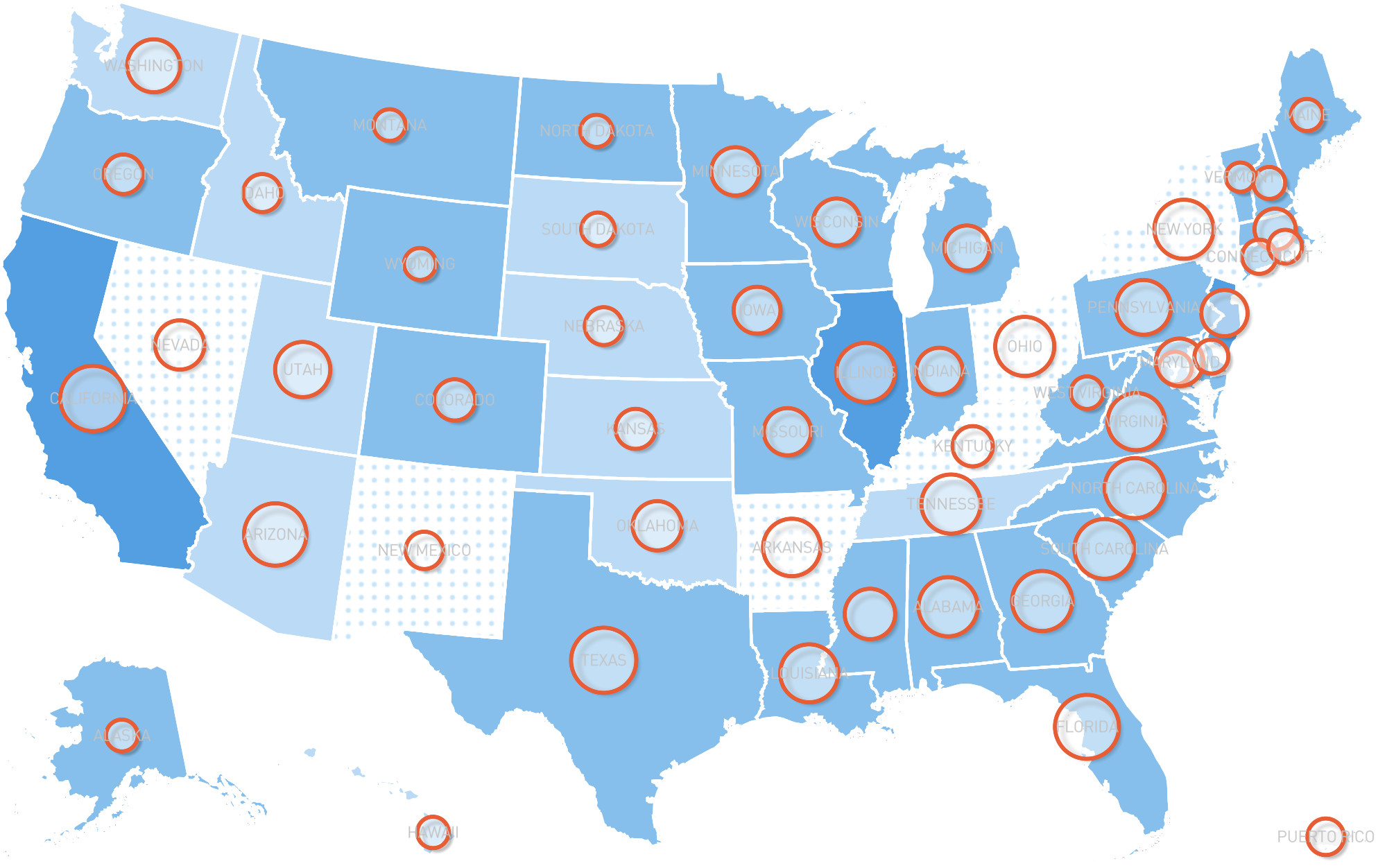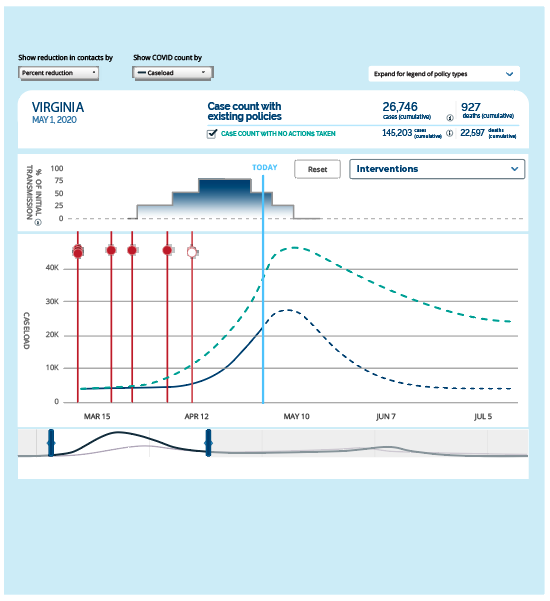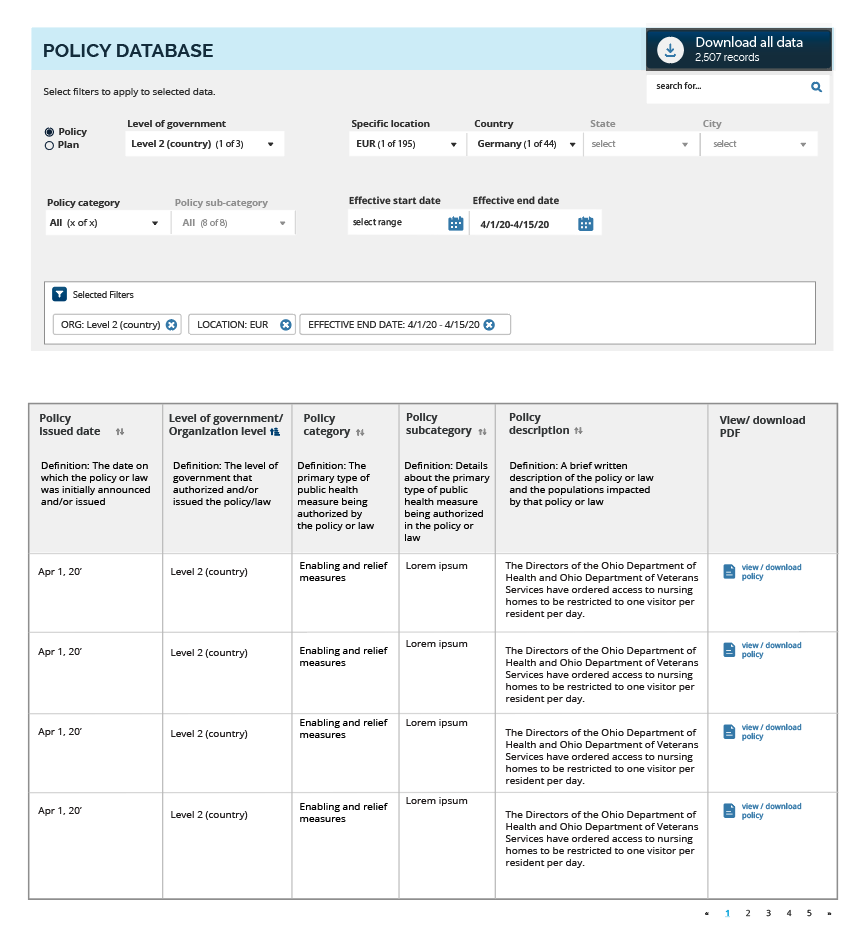Recommended Resources
Contact usThese resources are a curated set of information sources and tools designed to support and inform operational decisions during the COVID-19 response effort. All are publicly-accessible and free to access.
Resources are tagged by topic and phase of response. Use the filters below to find relevant resources. Use the Contact Us button on the upper right to share additional resources of interest.
The COVID-Local Team is not responsible for the content on these external pages.



